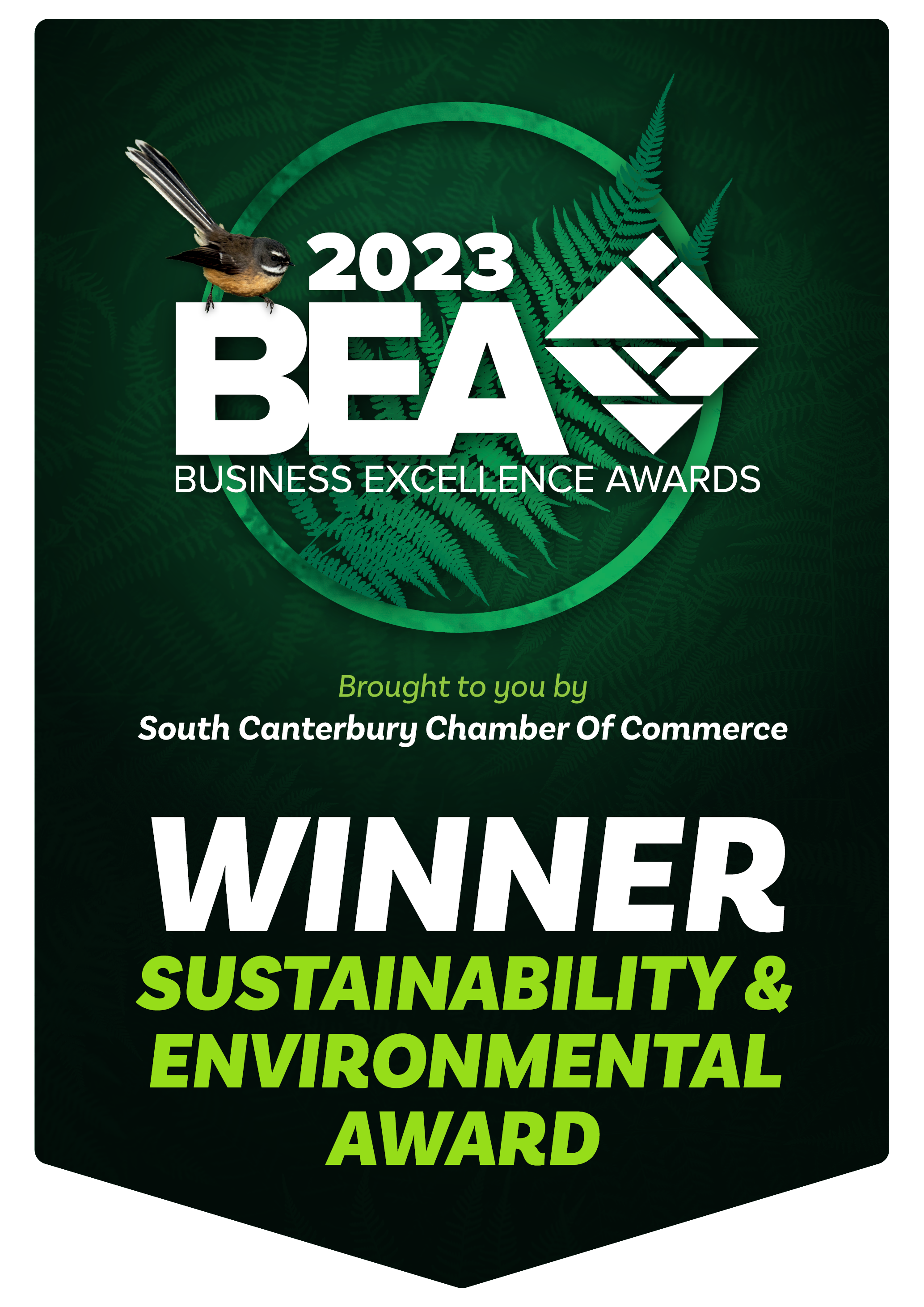The initial pilot has been jointly funded in collaboration by the Ministry for the Environment and the Mid and South Canterbury Trust. We have been fortunate in the appointment of our first Biodiversity Facilitator, Chris Koning who is focused on championing and empowering biodiversity-enhancing initiatives across South Canterbury. The goal is to promote collaboration within the wider community supporting those taking action to protect and enhance our precious indigenous biodiversity.
The overall goal of the Project is to implement a Community Biodiversity Facilitator role (a Biodiversity Coordinator in Ministry for Environment (MfE) terms) to connect groups together, within South Canterbury, that are actively protecting biodiversity in both urban and rural settings.
The project purpose is to “promote and enable biodiversity-enhancing action on the ground in South Canterbury, through informing, assisting and encouraging NGO and landowner activity”.
Key objectives are:
- Providing information and sourcing advice and education for landowners, NGOs and community groups.
- Helping NGOs, community groups and statutory agencies to connect in useful and worthwhile ways that enhance biodiversity outcomes.
- Build an accessible shared knowledge base for biodiversity workers.
- Support development of community resources.
- Identify and provide new volunteer pathways for involvement.
Biodiversity Facilitator
Chris Konings
Chris Konings completed a Masters in Environmental Policy and Management from Lincoln University in 2022, while studying he worked part-time in local government as an Animal Control Officer. Previous roles included working for the Waterwatch Education Trust – Kaitiaki Wai, bringing citizen science to schools and community groups. Chris has over 25 years of Christian youth work experience, a background in biology, volunteering, predator-trapping, assisting rare plants through invasive species removal, searching for bats and continues to serve as the deputy chair of the Orari-Temuka-Opihi-Pareora (OTOP) Water Zone Committee. Chris brings a wealth of experience and enthusiasm to the team.
Konings is enthusiastic about his role, stating, “I am excited to take on this important responsibility, working alongside the community to create a positive impact. Native species conservation is a collective effort, and I am committed to fostering partnerships that may make a lasting difference down the generations.”
The Sub Projects
Early on Chris identified four unique areas to showcase how a facilitator could enable biodiversity enhancing action to occur. These were:
- Normanby. A coastal community example of a community negotiating with the multiple factors of Lifestyle and Rural properties, a wetland-lagoon reserve faced with coastal inundation and infrastructure impediments, migratory and permanent exotic and indigenous wildlife and invasive exotic species overwhelming the native indigenous biodiversity. The challenge was to form a community led group that engaged in biodiversity enhancing action and continued to engage.
- Hub South Canterbury. The region is unique in having 3 district councils and half of a regional council with around 61,500 people spread over 13,658 sq kms and divided by many rivers flowing from the mountains to the sea. This has led to many different ways of doing things.
What was perceived was a lack of community even though there was a semblance of common unity in method, action and in purpose. If a way to link the multitude of small and large groups already involved in biodiversity enhancing actions could be found this would enable the results of their individual efforts to be multiplied. By creating corridors of biodiverse locations they, in turn, support other areas to be more biodiverse creating a halo effect. Therefore resourcing, encouraging, augmenting and connecting these groups to the bigger vision and purpose of being part of a bigger team working to achieve an enhanced biodiverse future for South Canterbury, “Ki Uta Ki tai” - Eco Youth South Canterbury. The region has 10 High Schools that cater to the approximately 4000 secondary school students that live there. How to encourage indigenous biodiversity enhancing actions with these who will benefit most, who are the problem solvers of the future? The question was asked can the schools or forest and bird run a program? A few schools do have a program running. Perhaps having a regional eco youth group that educated, encouraged, and enabled senior youth through experiential events and activities along with some fun and connection would help to build more of these groups?
- Business Engagement there are businesses that want to partake in some sort of environmental action, and we want to encourage biodiversity enhancing action. How do we bring these two together in a co-ordinated beneficial to both, way. How do we integrate enhancing indigenous biodiversity action with everyday business life? If you are interested in finding out more and discovering where your business could benefit contact us.
The initial pilot has been jointly funded in collaboration by the Ministry for the Environment and the Mid and South Canterbury Trust.
We have been fortunate in the appointment of our first Biodiversity Facilitator, Chris Konings who is focused on championing and empowering biodiversity-enhancing initiatives across South Canterbury.
SSCT Trustee Rhys Taylor says that “Konings’ appointment into the pilot project represents a significant step towards assisting native animals and plants in South Canterbury. By working together to share and develop experiences in conservation, local communities are given more power to protect, maintain, and restore this special ‘indigenous biodiversity’.
An Advisory Group has been formed to connect the project with local government, leading NGOs, Department of Conservation, Arowhenua Runaka, among others.
We encourage interested landowners and groups to make contact with us with questions and ideas, to help develop useful community lead projects.

